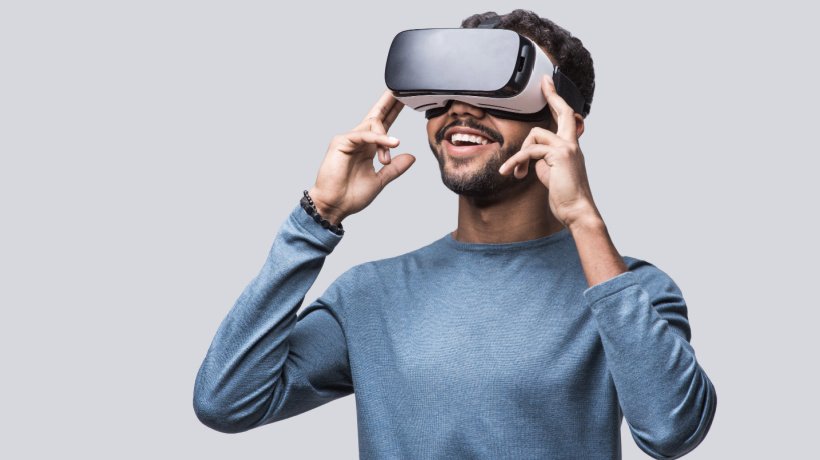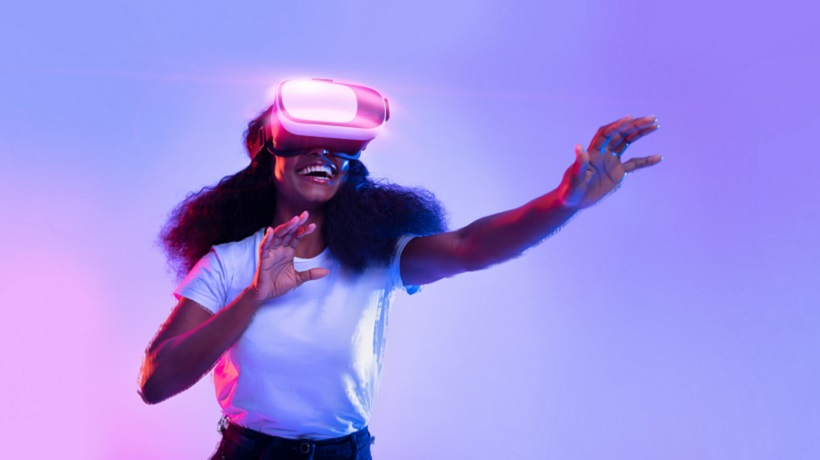What You Should Consider When Designing For VR Immersive Learning
While there are many ways to deliver an engaging training experience to your team, Virtual Reality (VR) is one of the most popular tools in the immersive learning arsenal. VR allows users to gain hands-on experience in a safe space, as studies have shown that the brain perceives VR experiences the same way as real-world ones. With that in mind, below you'll find 7 rules that every immersive learning designer should pay attention to when creating Virtual Reality content.
7 Things That Every Immersive Learning Designer Should Pay Attention To
1. Know The Needs
What are the technological needs? You'll need to first confirm that your organization has the necessary equipment and technological resources to handle VR activities. Another thing to consider is any needs or preferences that employees might have. Do they have accessibility limitations? Furthermore, are there any budget restrictions you need to factor into the equation? Do some research to figure out what the VR training program must achieve and how you can meet everyone's expectations. It's best to get stakeholders involved early on so that everyone is aligned from the get-go.
2. Focus On Gamification
While VR games are very effective, you may still need to shift your focus to gamification. Consider incorporating a reward system to make learners more engaged and motivated. A reward system that displays points when learners reach certain goals helps them keep track of progress and gather valuable feedback. Again, you must define your objectives before choosing your game mechanics in order to reinforce the right behaviors while they're in the VR training environment.
3. Create Engaging Storytelling
Compelling storytelling works for virtually any topic, like HR training, soft skills, marketing, or sales. You can even frame compliance scenarios with a story that puts everything into context. The storyline should be realistic to enhance the immersion and hold employees' attention. Ideally, every decision they make in the VR world should tie into a real-world challenge so that they can try different approaches and experience the consequences firsthand.
4. Set Clear Goals And Objectives
Identify the purpose of the learning experience and then display the objectives clearly in the VR training environment. You can also incorporate reminders along the way if they start to veer off course. When they complete the training activity, a message might pop up to praise them for their progress and give constructive feedback. Clear goals and objectives to avoid any confusion and help learners see how the L&D initiative relates to their roles, responsibilities, or knowledge gaps.
5. Encourage Varied Skills Development
Enrich the design by enhancing multiple skills at the same time, like communication skills. One of the perks of VR training is that learners can hone varied talents in a single session. For example, they participate in a Virtual Reality simulation to develop their sales or negotiation skills with a fictional customer. This also gives them the chance to cultivate communication, problem-solving, and persuasion skills simultaneously.
6. Make The Experience Guided
Instead of training learners about the topic through virtual presentations or VR videos, why not create a character that will act as a guide? This persona can help them through the process and offer insights into their progress. They could also ask the character questions, FAQ-style.
7. Test It Out
Your job as an immersive learning designer isn't done until you have put everything through the paces. Do a last check on everything before launch. Is everything working properly on different devices? Are there any progression roadblocks or connectivity issues you have to solve? After you've conducted your initial testing rounds, ask a select group of learners to immerse themselves in the experience and provide detailed feedback.
Conclusion
Creating VR training activities can turn even the dullest subject matter into an unforgettable experience. While every project is unique, it's best to abide by these rules to provide accessible, easily digestible, and engaging content. You can also peruse our list of Immersive Learning Trailblazers for some inspiration.
Are you looking for an immersive learning content provider to help you bring your learners into the metaverse and craft cutting-edge virtual environments? Our Top Content Providers For Immersive Learning list features the leading outsourcing partners in this niche.









